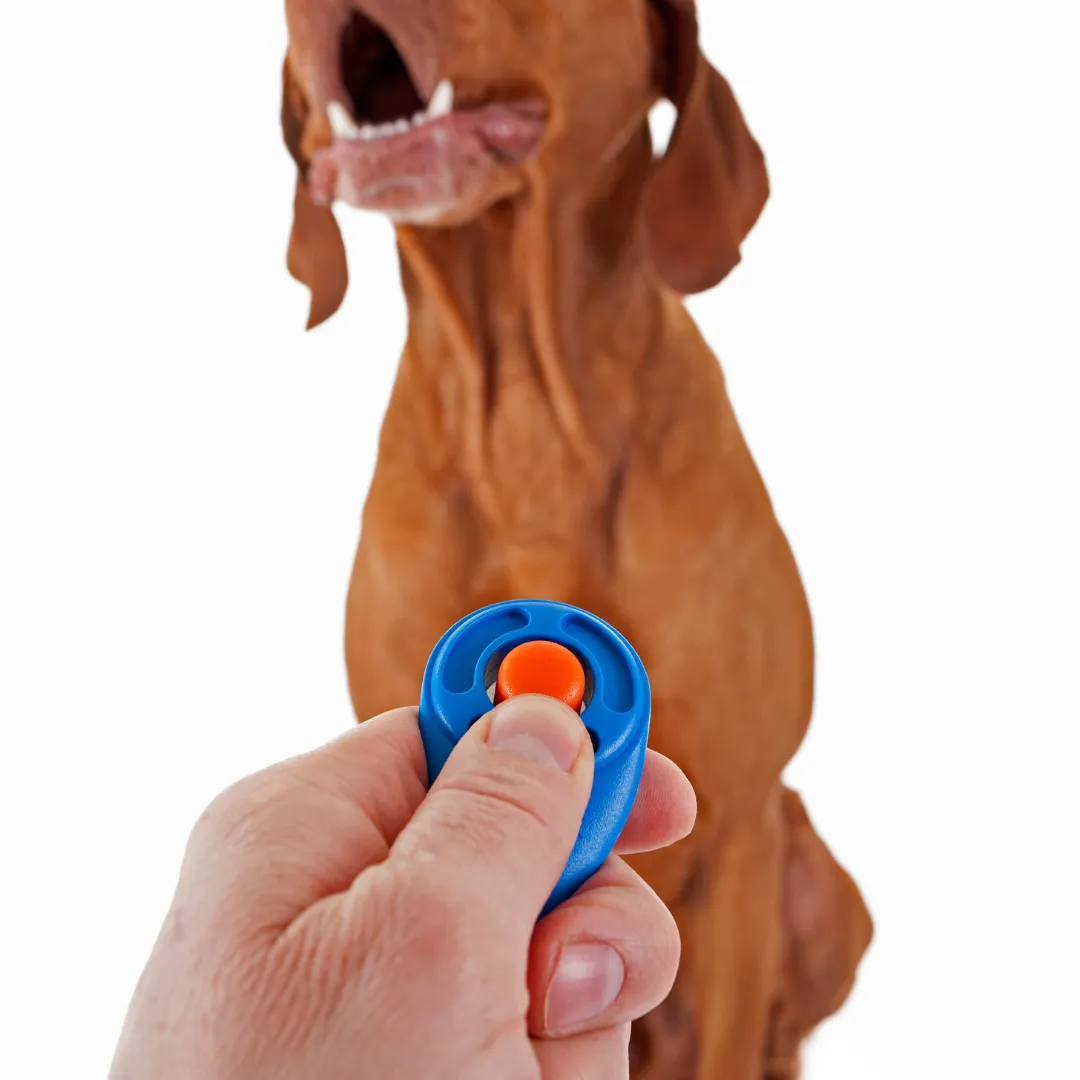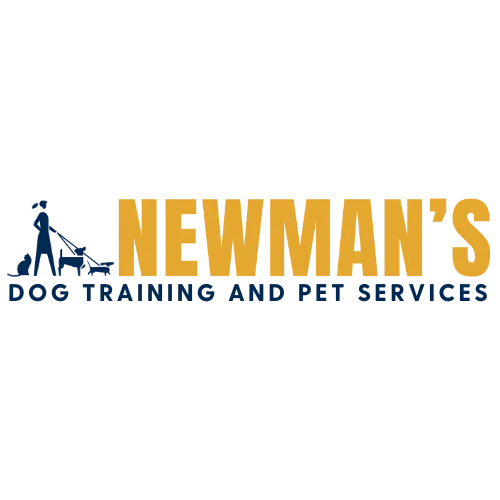What training techniques we use and why?
The most important thing to ask your potential trainer is “what are your training methods?” This will let you know what to expect when your trainer is handling your dog and giving you instructions on how you should treat your dog. As you start educating yourself you will find it is a rabbit hole of trainers and their opinions on what is the best training method and why.
There are a lot of techniques that make dog owners uncomfortable and for good reason. Just because your trainer says you should do it, doesn’t make it right. This includes using shock collars, prong collars or anything that causes pain or intimidation while training.
I assure you, Newman’s Dog Training follows the science.
We follow the studies that have been done over the past decades that proves using positive reinforcement is the best way to train not only dogs but every learning species. We know that dogs learn faster and more willingly when you focus on setting them up for success and focus on teaching them what you want them to do instead of punishing them for making a mistake. By using punishment and fear you will get results but at what cost?
If you are dealing with aggression and using punishment, you aren’t making them feel better about the thing they are afraid of. You are suppressing the symptoms. This will no doubt come back at a later time when they aren’t afraid of the punishment or have hit a wall. Using punishment can take a dog or puppy who wouldn’t have been aggressive and lead them to responding aggressively. Punishment can increase anxiety and fear and harm the relationship between the dog and their owner. All of that can be avoided by following the science.
Newman’s Dog Training follows LIMA. This is “Least Intrusive, Minimally Aversive”. LIMA describes a dog trainer who uses the least intrusive, minimally aversive approach of humane and effective methods to succeed in achieving the training objective. Below is a graphic showing the hierarchy to training with LIMA pulled from the Certification Council of Professional Dog Trainers website. You will notice positive punishment (adding something to lessen a behavior. Ex: add shock to stop barking) is the very last thing to do after you have exhausted all other options. It is EXTREMELY rare to get to that point. In fact, Newman’s Dog Training has never had to use positive punishment when training.
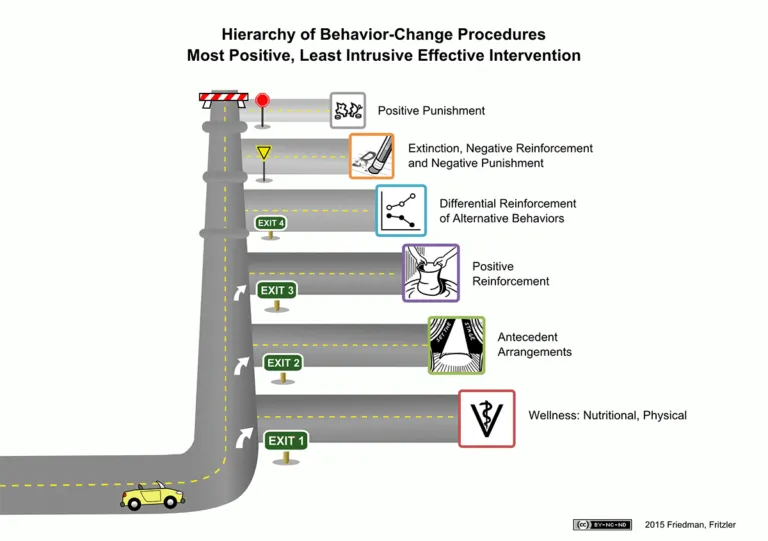
To better understand this, let's talk about the Learning Theory and the 4 quadrants. It is very easy to get confused on training jargon, so let's break down what positive reinforcement and positive punishment actually mean.

What these mean and examples:
POSITIVE REINFORCEMENT
Positive Reinforcement is the most common way of training. Giving your dog something they like to increase the likelihood of the behavior being repeated. Your dog does something you like and you give them a treat. It doesn't always have to be food either. It can be life rewards or play. If you want your dog to sit to go outside and the moment they sit the door opens. They are more likely to sit to gain entry to the outside world. This can help dogs with their confidence and makes learning fun. Most dogs who are trained this way are eager to learn and excited to keep trying for the rewards.
NEGATIVE REINFORCEMENT
Negative reinforcement is when something bad goes away or stops when they do a certain behavior. Have you ever had a dog bark at the mail or delivery person? They are bark when the scary person is there and when they are gone the barking stops. The barking worked to get the scary person to leave. This is not only stressful but a very hard way to learn. The fact that your dog is experiencing something stressful in the first place is makes learning hard.
Sometimes trainers do this intentionally when training a dog to sit. To get a dog to sit you push down on their back side, once they sit (the desired behavior) you stop pushing. This is not how I would like to learn, I bet your dog doesn't like it either.
POSITIVE PUNISHMENT
Positive Punishment means you are punishing your dog for their behavior in hopes of it not happening again. For example, when you push your dog down when they jump on you or use a water bottle to spray a barking dog. Positive punishment doesn't teach the dog what to do instead, it simply punishes the bad behavior.
This can cause a lot of stress and frustration in your puppy because you aren't giving clear communication on what you want them to do instead. They are living in a world on "no" without direction.
This is where shock collars, prong collars and any tool that is to cause pain or discomfort come into play. Your dog is being punished for making a mistake in a world where they don't speak the same language as us. As they are trying to learn, they are being shocked for making a mistake.
NEGATIVE PUNISHMENT
Negative Punishment is when something the dog likes is stopped when they do a bad behavior. For example, if a dog jumps for attention, the human turns away and takes the attention away. If you have a puppy that starts biting, you remove yourself to teach them that is not appropriate. Biting made the human go away. This can sometimes cause frustration but not as stressful as positive punishment and is a better learning environment for humans and dogs. The eagerness to try again is still there.
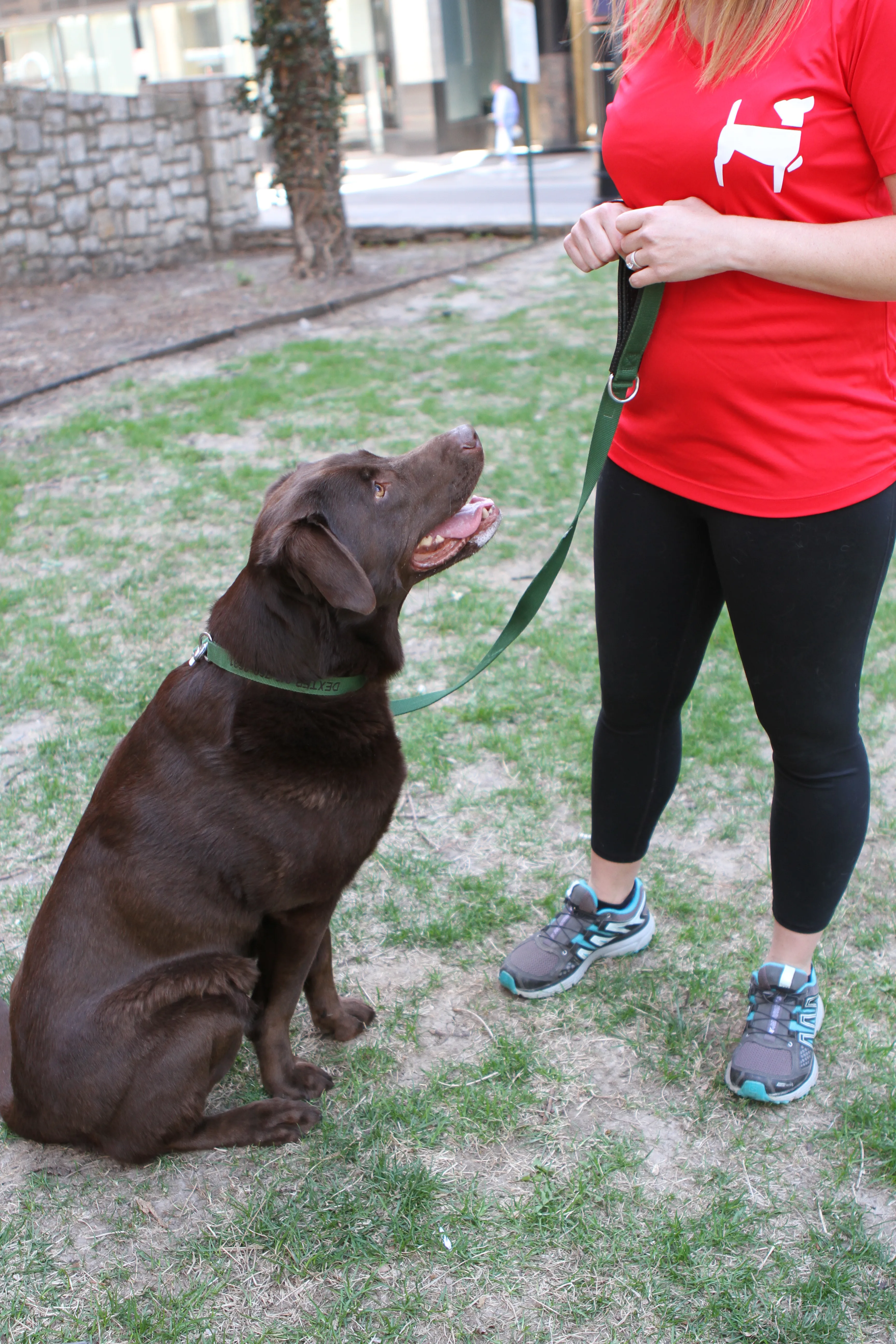
How do we train?
We focus on using positive reinforcement when training puppies and dogs.
We believe in building the leaners confidence and making training fun and engaging. Through positive reinforcement we are building the trust between the dogs and their owners while achieving the goals of the owners.
Tools We Use For Training
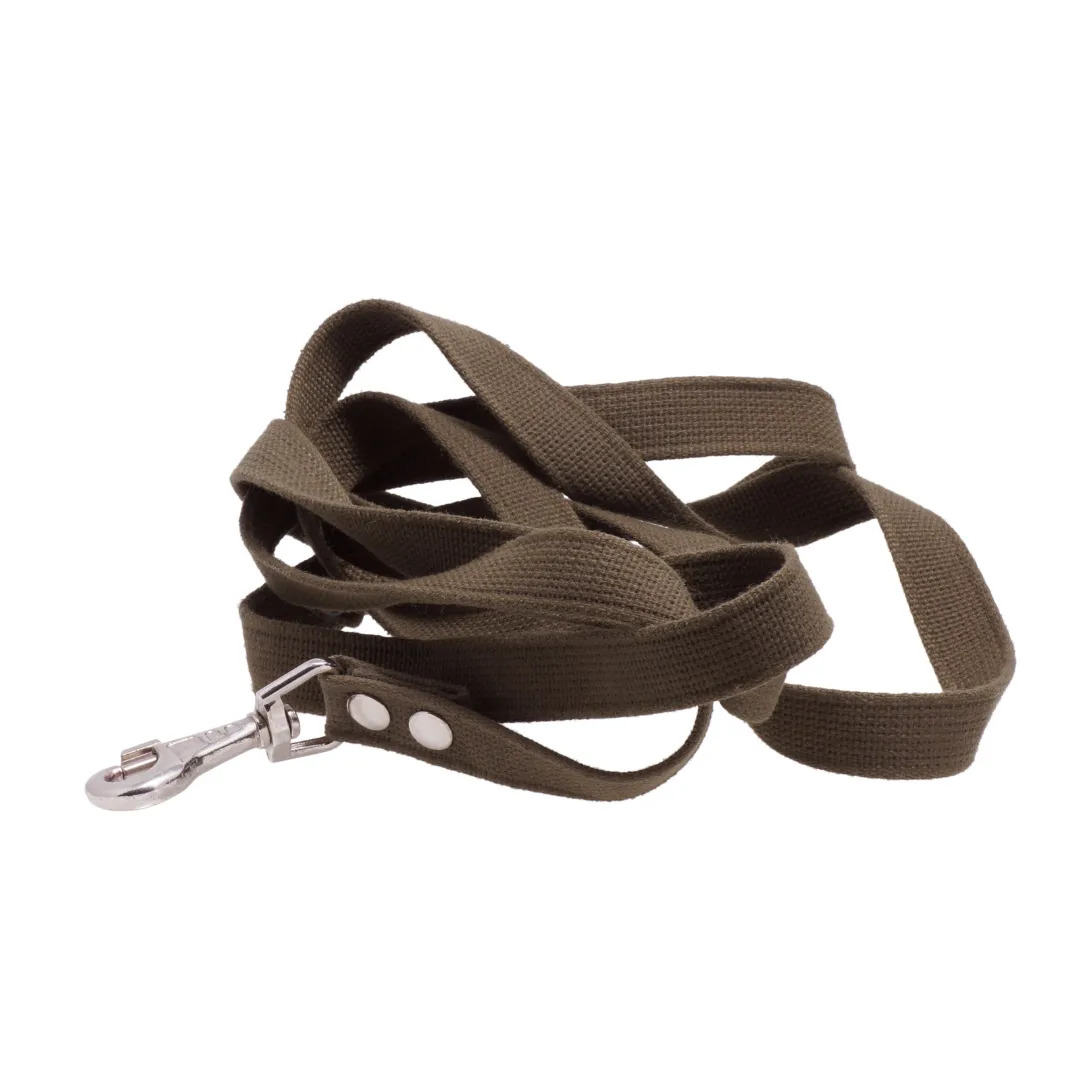
We prefer to use a 6 ft, 15 ft, or 30 ft leash while training. We don't use retractable leashes.
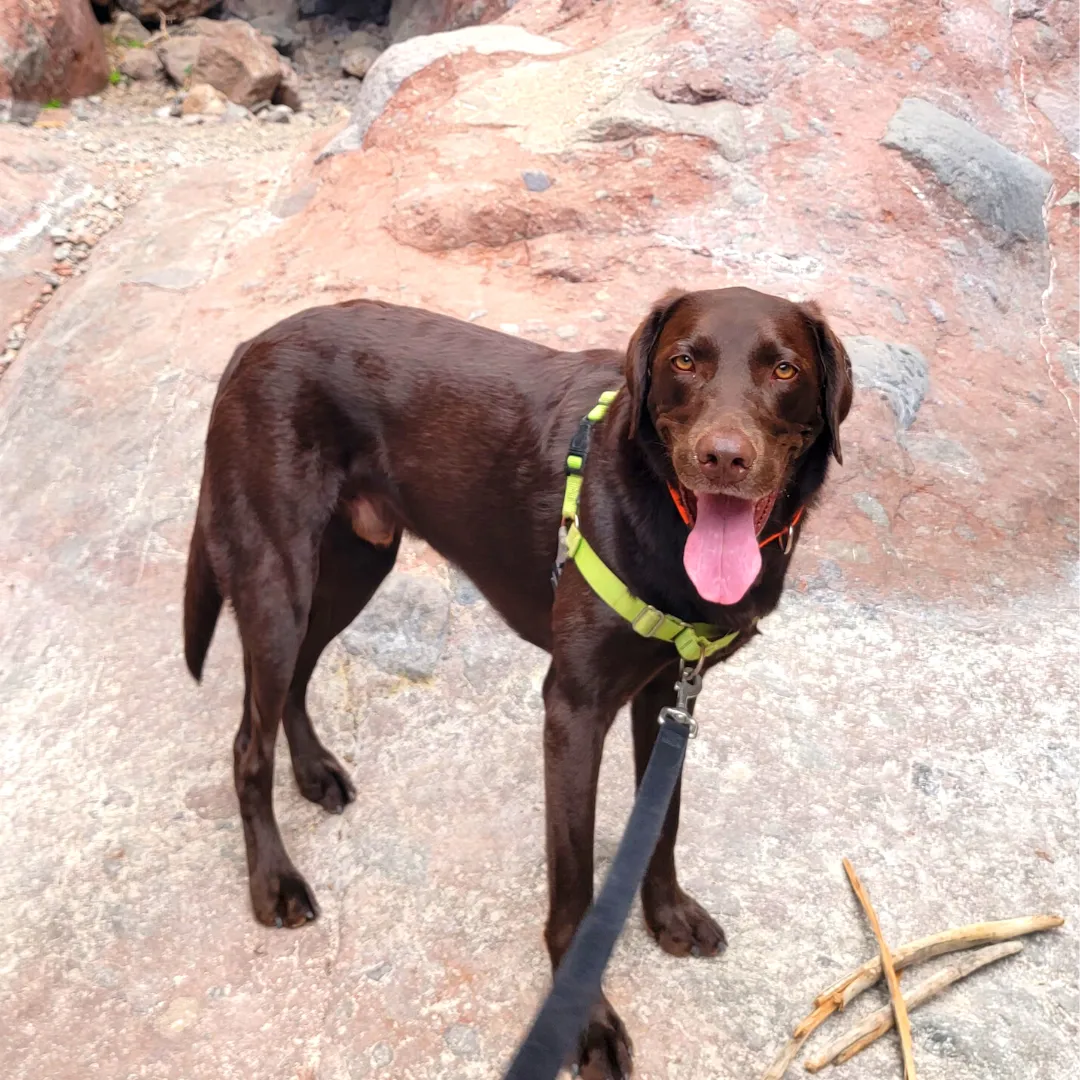
A normal flat collar and also a no-pull harness. Our preference is the Easy Walk Harness.

Rewards like treats, play, and life rewards. We can work together to find a treat that motivates your dog or puppy.
ARTICLES ABOUT POSITIVE REINFORCEMENT VS AVERSIVES:
-
MULTIPLE ARTICLES BY PATRICIA McCONNELL ABOUT DEBUNKING THE DOMINANCE THEORY
SCIENTIFIC CASE STUDIES ON THE USE OF PUNISHMENT VS POSITIVE REINFORCEMENT:
Newman's Dog Training promises to treat you and your puppy or dog with the respect that they deserve. By using positive reinforcement we are able to build a strong and lasting relationship while reaching our goals with training. If you have any questions about these methods, please feel free to reach out to us. If you have already been using aversive, it is never too late to stop and start using positive reinforcement.
"Do the best you can until you know better. Then when you know better, you do better." -Maya Angelou
Loved by People & Dogs all over Kansas City, Northwest Arkansas, and all other locations via online training!
NEWMAN'S
© Newman's Dog Training LLC 2011-2024

